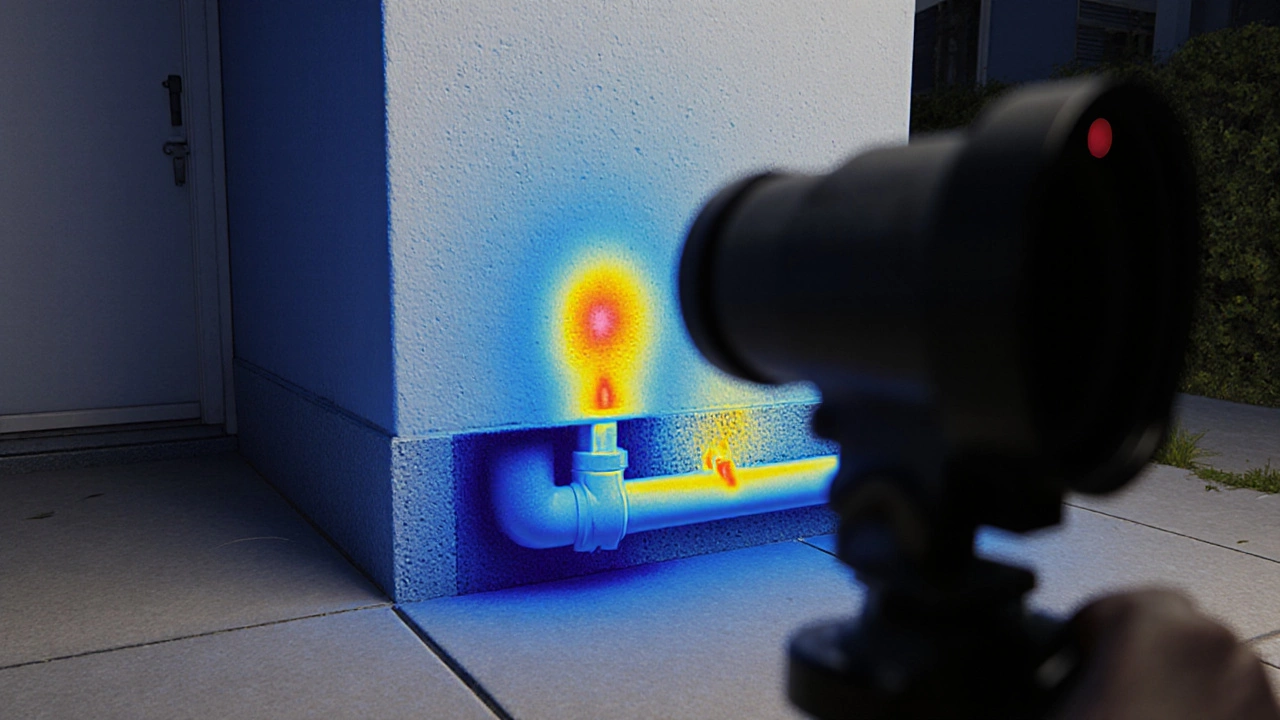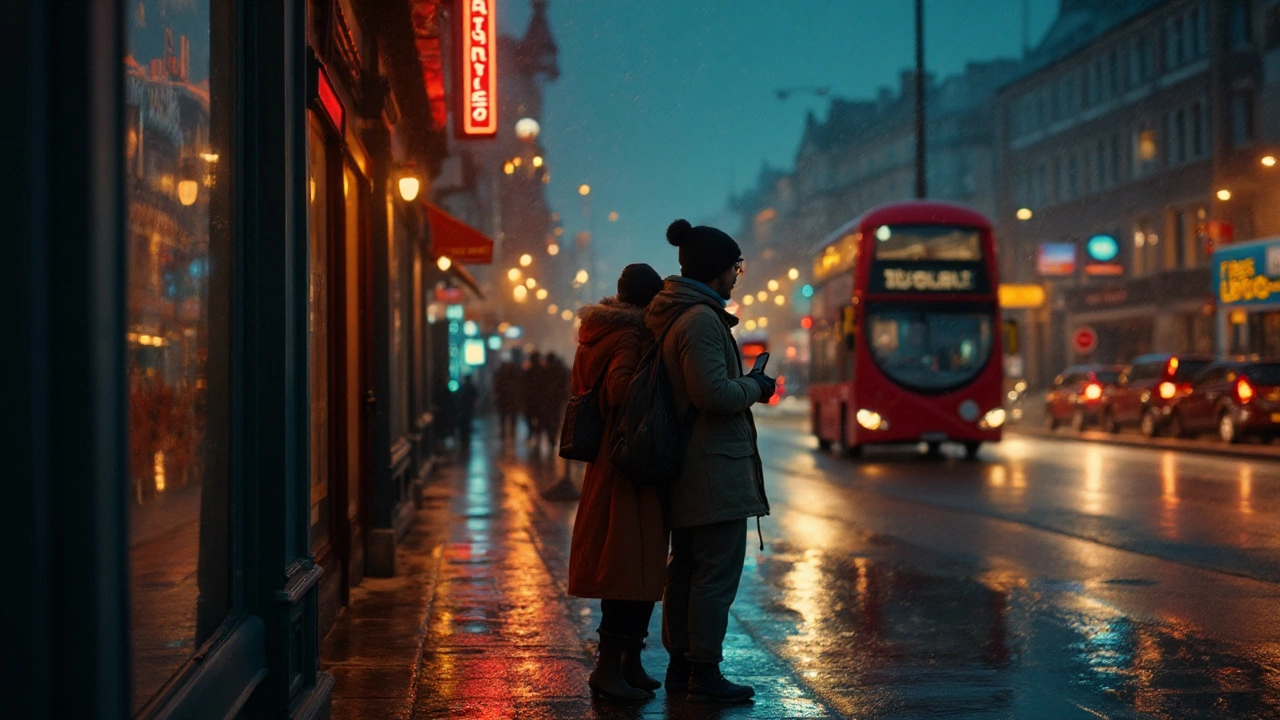When the sun goes down, you still want to see what’s happening around your property. Night vision makes that possible by turning darkness into clear, watchable footage. Whether you’re checking a backyard, a driveway, or a front door, the right night‑vision gear gives you peace of mind without having to stare at a black screen.
On this page you’ll find quick explanations, practical tips, and a roundup of the best night‑vision devices we’ve covered in our recent posts. Grab a coffee, and let’s get your home looking sharp after dark.
Most night‑vision cameras use infrared (IR) LEDs. These LEDs emit light that’s invisible to the human eye but bright enough for the camera sensor to pick up. The sensor translates that IR light into a black‑and‑white image that shows details you’d miss otherwise.
There are two main types of IR tech:
For most home users, active IR is more than enough, and it’s cheaper. If you need to monitor a large area or want to see through fog and rain, a thermal camera might be worth the extra cost.
Another factor is the number of IR LEDs. More LEDs mean longer range, but they can also create a bright glow that neighbors might notice. Look for cameras with adjustable IR brightness or “smart IR” that dims LEDs when it detects nearby movement.
We’ve tested dozens of cameras and compiled a short list of the top performers. Here’s what stood out:
When picking a camera, ask yourself three questions:
Most people find a wired camera with decent IR range works best for a front door, while a battery‑run unit with colour night vision is ideal for a garden shed.
Don’t forget to pair your camera with a reliable app. Apps that let you adjust IR settings on the fly, set motion zones, and receive instant alerts make night‑time monitoring feel like a breeze.
If you’re still unsure, check out our post Camera Night Vision: How to Instantly Boost What You See After Dark. It walks you through simple tweaks—like adding extra IR illuminators or cleaning the lens—that can double the clarity of any existing camera.
In short, night vision isn’t a luxury; it’s a basic part of a modern security system. Pick the right IR type, match the range to your needs, and keep the firmware updated for the best performance. With the right setup, the darkness never hides a threat again.

Thermal cameras can't see through walls despite what movies show. They detect surface heat only-useful for finding leaks, insulation gaps, and electrical issues, but not for spying. Learn the real capabilities and limits.

Do phones have night vision? Learn how night mode works, what true night vision is, and how to get better low‑light shots or use a phone as a simple night camera.